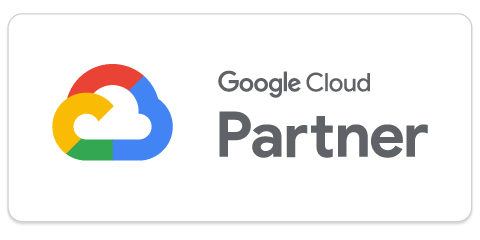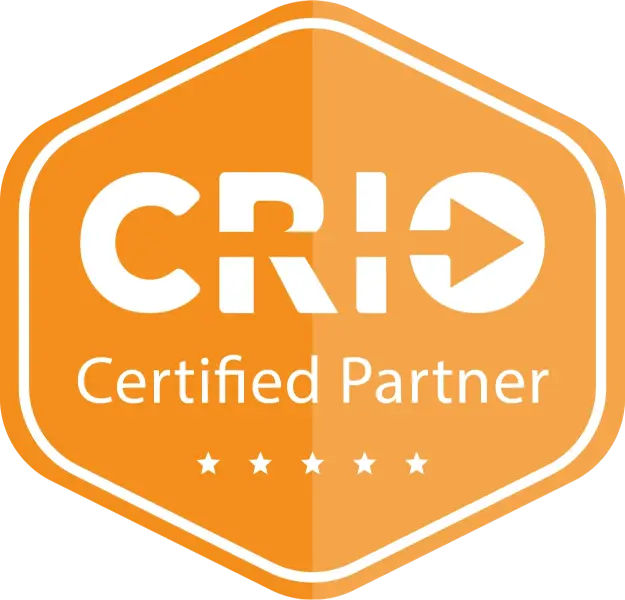


Master AWS EC2 Cost Optimization with Practical Strategies and Proactive Management
Amazon Web Services (AWS) Elastic Compute Cloud (EC2) is a popular cloud computing platform that allows users to scale their computing resources on-demand. With the growing adoption of cloud services, it is crucial for businesses to implement EC2 cost optimization strategies to maximize savings while maintaining high performance. In this article, we’ll explore various methods to achieve EC2 cost optimization, ensuring you get the most out of your AWS investment.
To effectively optimize costs for EC2, it is essential to understand the different pricing models AWS offers:
One of the most effective EC2 cost optimization techniques is right-sizing, which means selecting the appropriate instance type and size based on your workload requirements. To achieve this, you can use AWS Trusted Advisor and Amazon CloudWatch to monitor and analyze usage patterns. By identifying underutilized instances, you can upgrade or downgrade them accordingly, ensuring you only pay for the resources you need.
To maximize EC2 cost optimization, consider the following purchasing strategies:
AWS Auto Scaling is an essential component of EC2 cost optimization, as it allows you to automatically adjust your infrastructure based on demand and usage. By configuring Auto Scaling groups and launch templates, you can set scaling policies to increase or decrease resources as needed. This dynamic approach helps minimize costs while ensuring optimal performance.
Meet Spot Fleet, a fantastic service that lets you manage a diverse group of Spot Instances and On-Demand Instances within a single fleet. The best part? It automatically chooses the lowest-priced instances that fit your specifications. Spot Fleet is your go-to solution for optimizing costs while keeping your resources available. To make the most of it, remember these best practices:
Keeping an eye on your AWS expenses is essential. Tools like Cost Explorer give you a visual breakdown of your spending patterns, while AWS Budgets allows you to set custom cost and usage thresholds with alerts. Don’t forget to review your EC2 resources periodically, identifying optimization opportunities. Finally, AWS Trusted Advisor and other third-party tools can provide extra insights and recommendations for trimming your costs.
Tagging AWS resources helps you keep things organized and is key to efficient cost management. By creating and applying tags to EC2 instances, you’ll be able to track costs and find areas ripe for optimization. Use tags to categorize resources based on projects, departments, or any other criteria that makes sense for your organization.
As you work towards optimizing your AWS EC2 costs, remember that continuous monitoring and analysis are crucial for identifying opportunities for improvement. Don’t hesitate to experiment with different approaches to find the best fit for your organization. By staying proactive and adaptive, you’ll be better equipped to maximize cost savings and enhance the efficiency of your cloud infrastructure.
If you or your team needs any assistance in implementing these cost-saving best practices, reach out to our team of AWS experts for a free strategic consultation.

